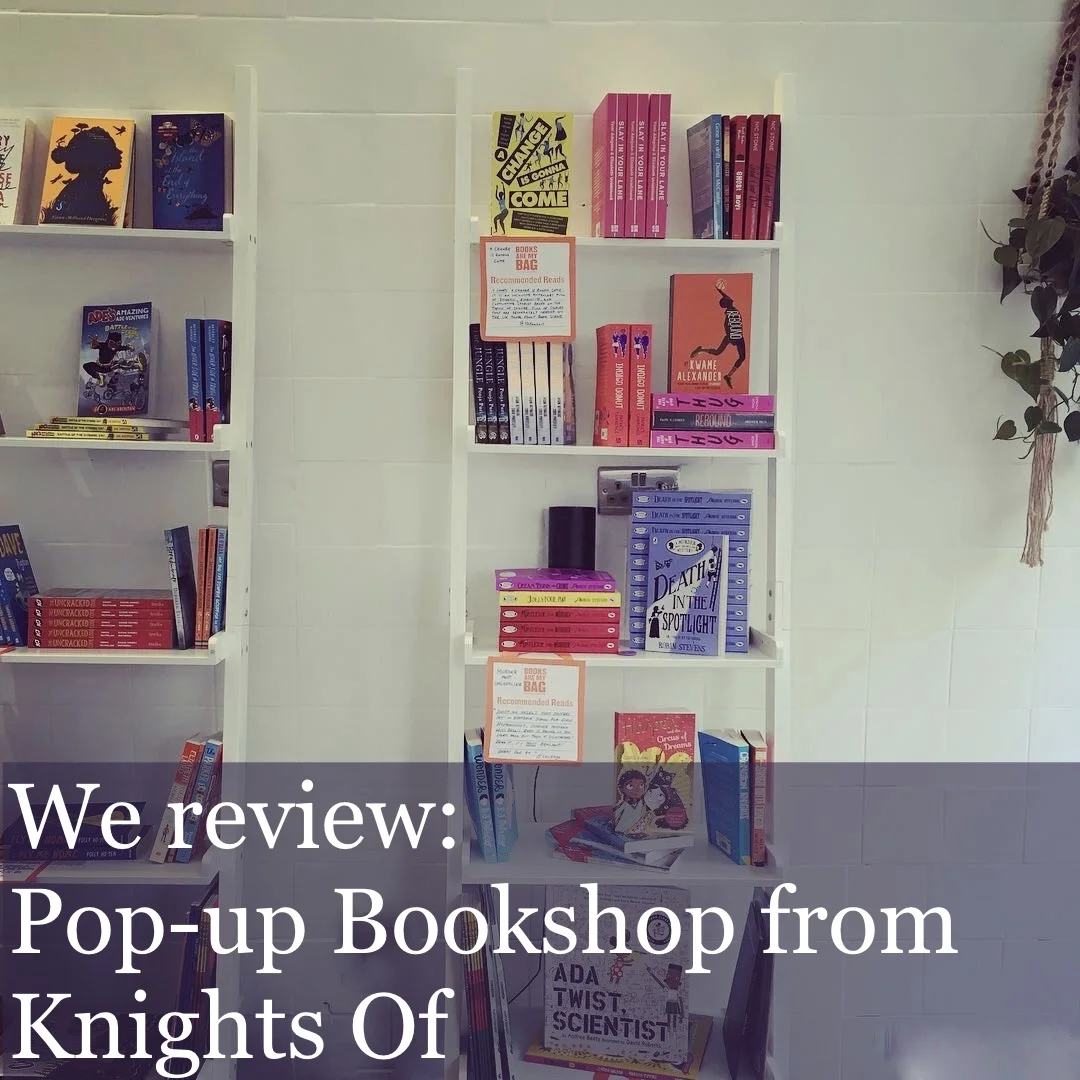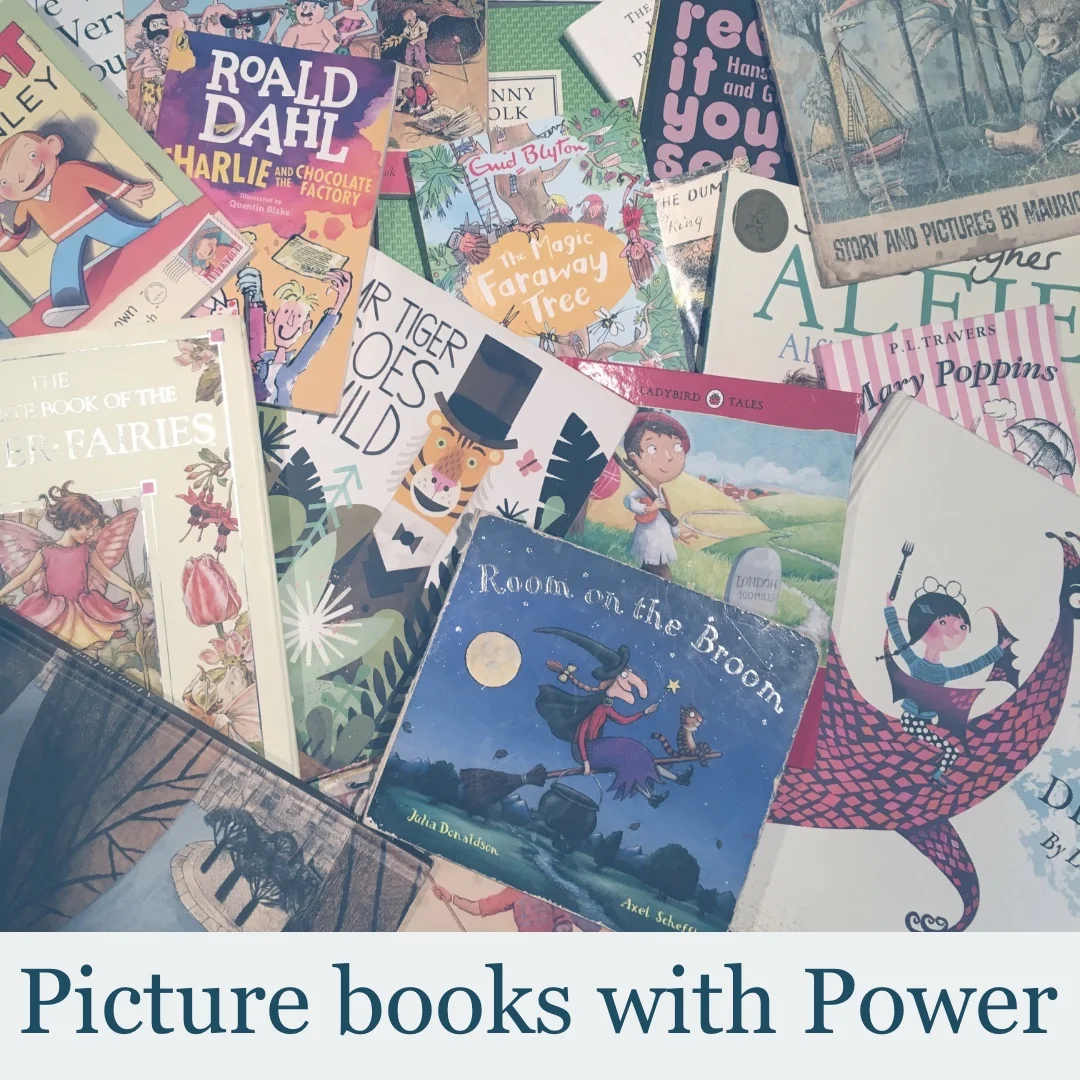Re-reading stories
Hayley Grove finds that revisiting childhood favourites can sometimes be a surprise
I remember being read to as a child, The Hungry Caterpillar, the Alfie Stories, picture books called Sunshine and Moonshine, and countless others, from even before I could read myself. I have loved sharing many of these classics with my children (and recently, the eldest even requested Harry Potter, a sheer joy for this Potter-head!).
This re-reading of childhood classics for me has also been eye-opening. Culture is formed and re-formed all the time by what we make, what we say, what we care about, what we consume, what we watch, listen to and read. Everyday living doesn’t leave much space for us to stand back and look at that, but as I looked at the books that made me, for a moment I saw the depth of the gender divide. There it is in Peter Pan, as Wendy-Mother must look after the Lost Boys. Or in The Faraway Tree, as Joe goes to work with his father in the garden, while Bessie and Fanny (or Beth and Frannie in the modern version) go with mother to make up the beds. As the male Bap the Baker in The Giant Jam Sandwich gives instructions for the making of the dough to 16 women doing the work.
The Giant Jam Sandwich
I felt that these wonderful stories that bring me such pleasure, are just the perfect example of how humans evolve. They show us what our culture is (or was) saying, because they say it in black and white. It’s not scary in these books, it’s normal, it’s life and that is often what older people say to me when I talk about gender imbalance. It was so normal.
“Who wouldn’t want to live in the land of Enid Blyton? Of magic trees, adventures and hot buttered toast! ”
That is why it’s slow to change, it’s hard to change and many people don’t feel anything needs to change. Who wouldn’t want to live in the land of Enid Blyton? Of magic trees, adventures and hot buttered toast! It’s wonderful, but it’s also a potent story - and our children will learn from the stories we tell them. The parts that do reflect their real life need to be challenged.
When I re-read them to my children, I now point out when I feel shocked or surprised, when there are moments that are now old-fashioned. I try to change up character names (especially in the Enid Blyton books), so that it isn’t always the male characters taking the lead or solving the problems. I hope, as they grow, this means they can enjoy the classics, while learning to develop critical thinking. Perhaps they’ll also then be able to apply it to their own lives and not sleep walk through, simply accepting what culture continues to batter us with.












We introduce our all about books issue and the 2018 gift guide.